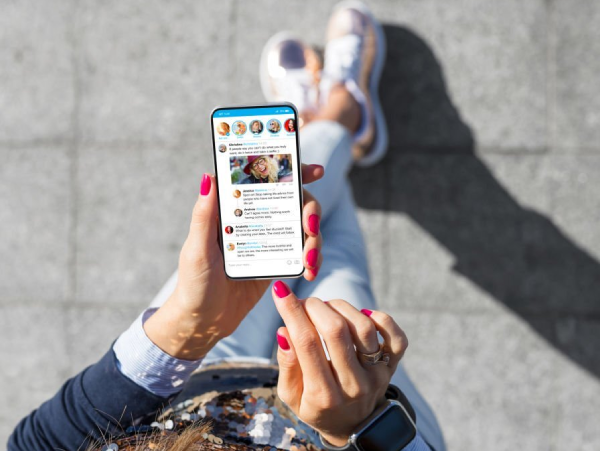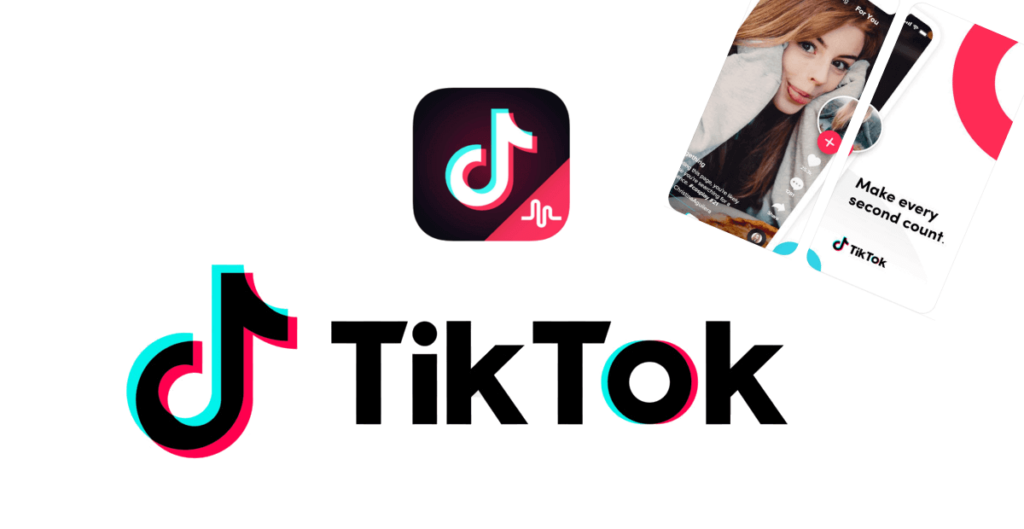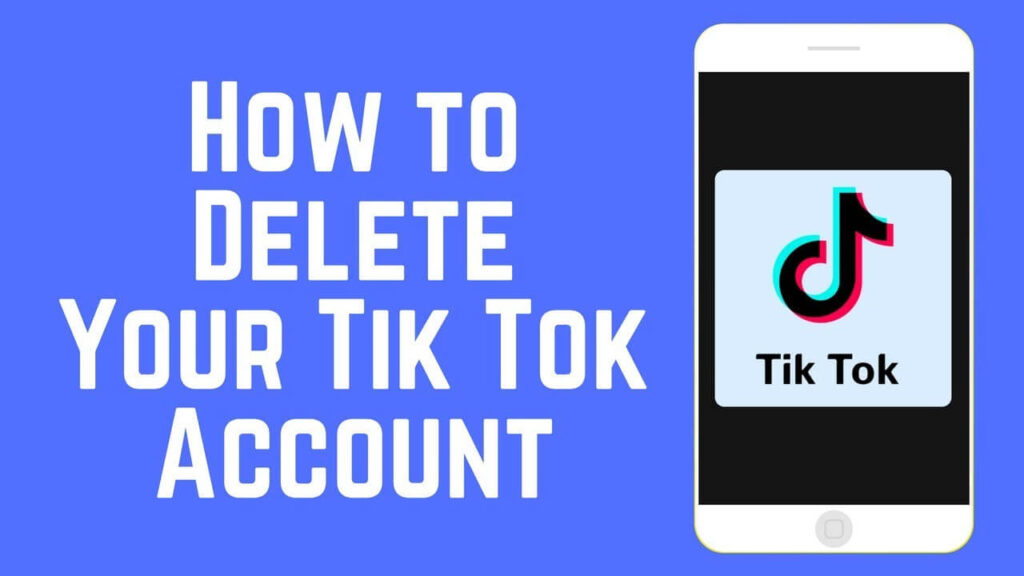Social media has reshaped the way we communicate, share information, and even do business. It’s a term that encompasses various online platforms where users create and share content or participate in social networking.
From its origins in simple chat rooms to the expansive networks like Facebook, Instagram, and TikTok, social media is now an integral part of daily life for billions of people worldwide.
In this guide, we will explore what social media is, how it functions, and why understanding it is crucial in the digital age.
What is social media?
Social media refers to websites and applications designed for social interaction. It provides people with an online platform where users can share content, ideas, and messages. These social media networks facilitate connectivity and community building across the world.
Social media refers to websites and applications designed for social interaction. It provides people with an online platform where users can share content, ideas, and messages. These social media networks facilitate connectivity and community building across the world.
Types of social media platforms
Social Networks: Platforms like Facebook and LinkedIn where users connect with friends, family, and professionals.
Video Platforms: TikTok, YouTube, and Twitch are video sharing apps and can include anything from short clips to longer form, and includes live video.
Microblogging Sites: Platforms such as Twitter and Tumblr that allow users to post short messages and updates.
Photo Sharing Apps: Instagram and Snapchat, where the focus is to share images and short videos.
Specialized Forums: Sites like Reddit, where people discuss specific topics in dedicated subforums (“subreddits”).
Key features of a social media platform
User Profiles: Where personal information is displayed and where content a user posts is centralized.
Feeds: A stream of content that’s dynamically updated, showing the latest posts from other users or curated content based on the user’s preferences.
Interaction Tools: Likes, comments, saves, and shares that enable users to interact with content.
Messaging Systems: Private or group messaging capabilities that allow for direct communication.
The history and evolution of social media
Social media began as a novelty in the late 1990s with platforms like SixDegrees and AOL’s community features. It rapidly evolved into a fundamental part of our social interactions, with the launch of sites like MySpace and LinkedIn in the early 2000s.
The arrival of Facebook in 2004 marked a turning point, offering more sophisticated networking capabilities and eventually becoming the largest social network globally.
The landscape continued to diversify with Twitter introducing microblogging in 2006, allowing users to share brief, real-time posts, fundamentally changing how news and information spread.
The 2010s saw the rise of visual platforms like TikTok, Instagram, and YouTube, which shifted the focus toward photo and video sharing, underscoring the growing preference for visual content.
Today, social media platforms are intertwined with daily life, business, and even politics, continuously evolving with technological advances like augmented reality and artificial intelligence.
How does social media work?
Social media platforms are engineered to capture and retain user attention. This section introduces the mechanics behind these algorithms, the dynamics of content creation, and the various forms of user engagement that define social media interaction today.
Social media algorithms
Social media platforms utilize complex algorithms to determine which content appears in each user’s feed.
These algorithms analyze user interactions, such as likes, shares, and comments, to tailor content that is likely to interest the user, thereby increasing engagement and time spent on the platform.
Content creation and sharing
The heart of social media is content creation. Users can express themselves through text posts, images, videos, and more.
This content can be shared widely, reaching a diverse audience. Platforms provide various tools like filters, editing, and interactive elements to enhance content creation.
Engagement and connectivity
Engagement on social media isn’t just about consuming content; it’s also about interacting with it. Features like comments, shares, and likes to allow users to engage with content, while direct messaging and group chats facilitate private communications.
Moreover, social media extends its reach through features such as livestreaming, virtual events, and community groups, making it a powerful tool for real-time interaction and connectivity.
The impact of social media on society
Social media has had profound effects on nearly every aspect of society, influencing everything from personal relationships to global politics.
The positive impact of social media
Connectivity and Communication: Social media has broken geographical barriers, allowing people to connect with friends and family across the globe instantaneously.
Awareness and Advocacy: Platforms have become powerful tools for raising awareness about social, environmental, and political issues, mobilizing communities to action and fostering social change.
Business and Marketing: For businesses, social media is primarily used for marketing, customer service, and audience engagement, providing invaluable insights through data analytics.
The concerns with social media
Privacy: The vast amount of personal data shared on social media poses significant privacy risks, with frequent instances of data breaches and misuse.
Misinformation and Polarization: The rapid spread of misinformation and the echo chamber effect on social media can exacerbate societal divisions and lead to misinformation on critical topics.
Cyberbullying: Social media platforms can sometimes become arenas for cyberbullying, with users, especially younger ones, vulnerable to attacks that can have serious emotional and psychological effects.
The art of social media
Social media is more than just a platform for social interaction; it’s a dynamic and multifaceted tool that shapes how we communicate, learn, and do business.
Understanding social media is essential not only for personal connectivity but also for professional opportunities and societal engagement.
By staying informed and proactive, users and businesses alike can harness the potential of social media responsibly and effectively.
Ready to take advantage of the opportunities social media offers to connect, share, and grow? Explore our services and increase your social media presence today!



